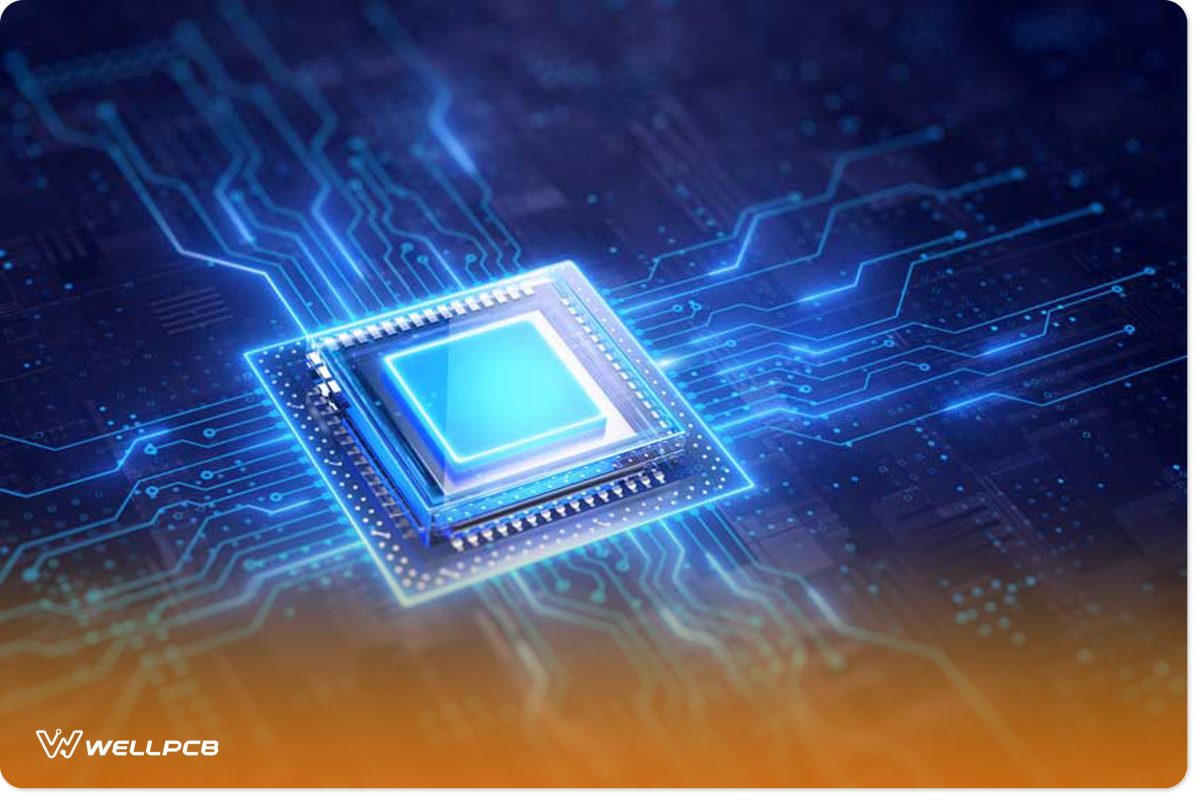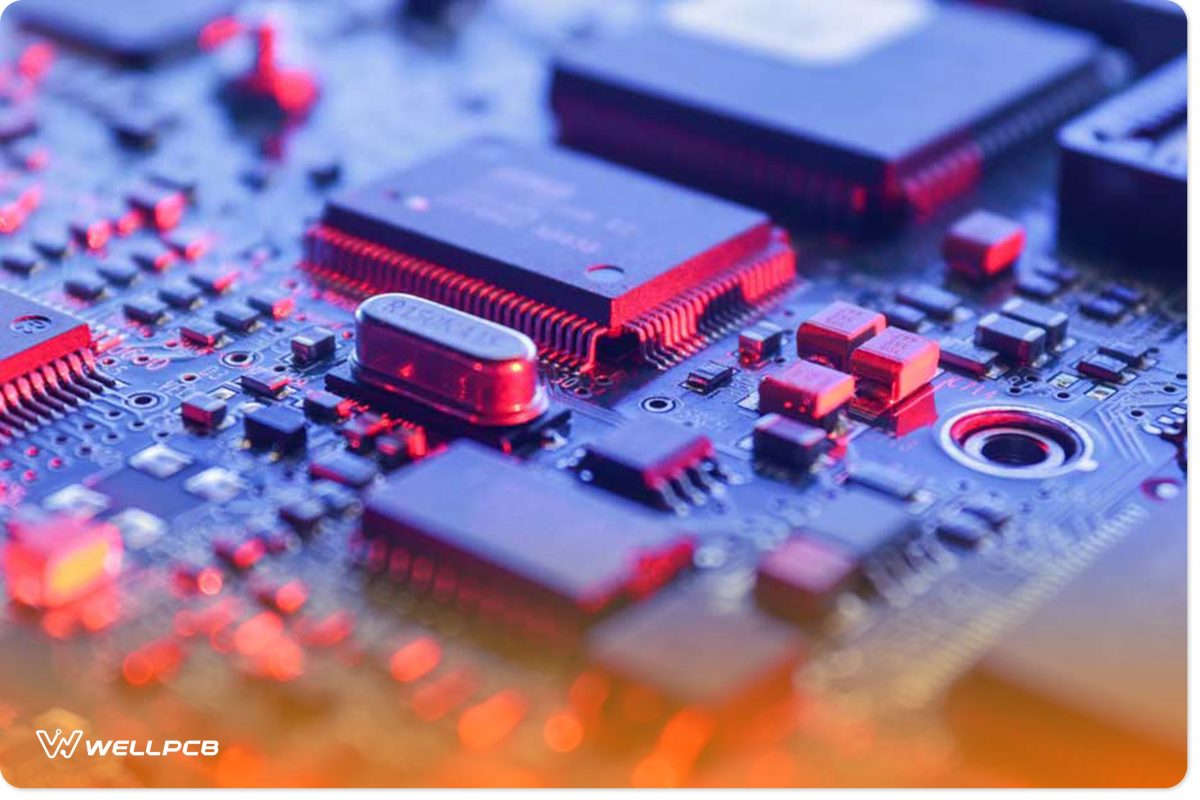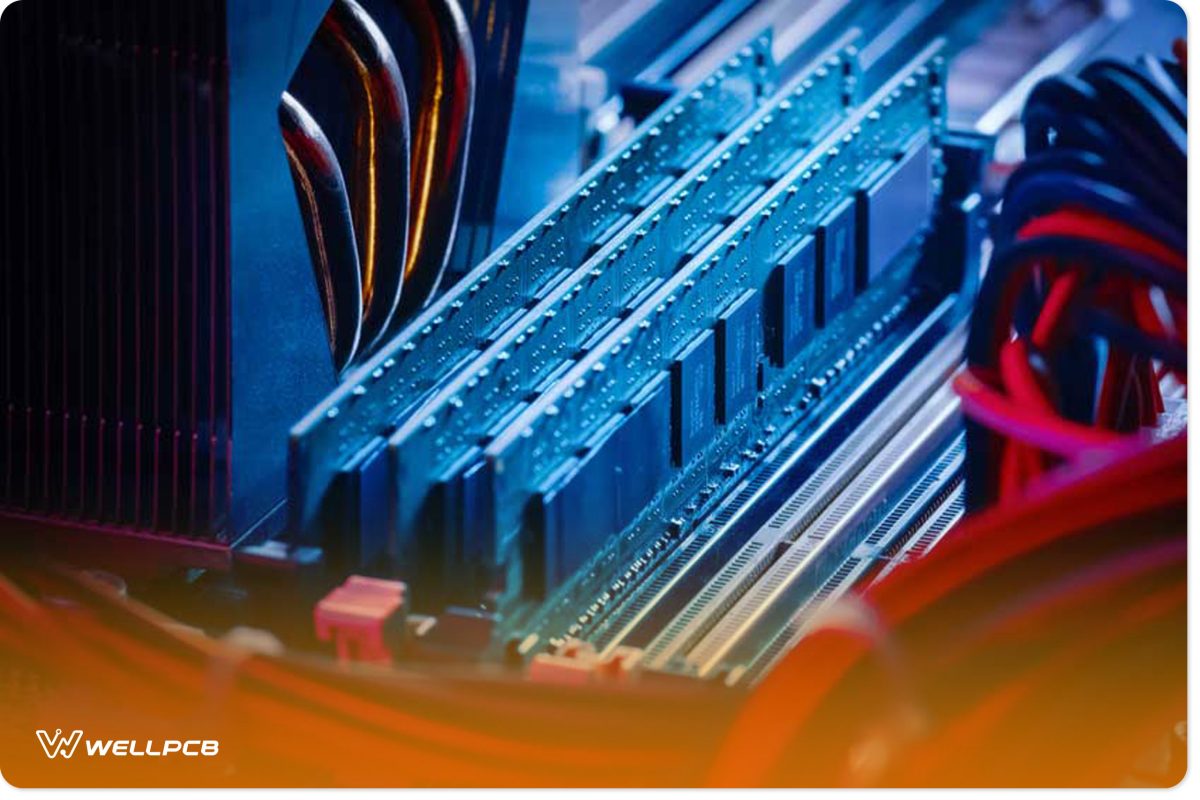Contents
What are Computer Buses?
Computers are fascinating systems with intricate designs. Interestingly, they host several external and internal components with physical interconnections. What’s more? These parts can communicate via wire networks running throughout the computer system.

Laptop
So, what do we call these wires? In truth, these wires are what we refer to as computer buses. And they are important devices responsible for a computer system’s functioning. However, computer buses can have two forms: electrical wires or wired cables.
For electrical wires, manufacturers often embed them into the motherboard. And you can see them on the back of the PCB. Additionally, several factors like bus width, speed, and architecture can affect the overall performance of a system.
Importance of a Computer Bus System
Computer buses are common communication pathways used in computer systems. They allow information to move from one computer component to another. In addition, computer bus systems involve a network of buses that connect everything in a computer system.
More importantly, they consist of wire sets that form connections that transmit data and other commands from the CPU to other components connected to the system. Also, bus speed, width, and performance are crucial for system performance.
What are the Different Types of Computer Buses?
Computer bus systems can utilize different buses. But, it depends on the needed function and purpose. On this note, we can classify computer buses based on the following factors:
- Type of data being transmitted (address, data, and control signals)
- CPU chipset connectivity ( through southbridge or northbridge)
- Connected components ( RAM, input and output devices, CPU, etc.)
- Component location (external and internal bus)
Let’s take a closer look.
Type of Data Being Transmitted
We can separate computer buses into three types under this category. They include the data, control, and address bus.
Data Bus
Data buses are wired connections that control data transmission between the computer’s CPU, peripheral devices, and other hardware. Interestingly, they possess many features, but the most crucial is bus width.

CPU
A data bus width determines the number of bits it can carry simultaneously. For instance, a 32-bit wide data bus can simultaneously transmit 32 bits of data from the CPU to the system components.
Further, the most common data bus widths you can find include 8, 16, 32, and 64 bits. Also, wider bus widths will translate into faster data flow and enhanced system performance.
Control Bus
Every CPU comes equipped with a control unit that handles the functioning of other connected components. In truth, the control bus is responsible for transmitting these control signals from one part of the system to another.
In addition, the CPU uses the control bus to communicate with other parts of the computer system. Usually, we connect these devices via cables or PCBs (like motherboards).
On the other hand, these components also need the control bus to transmit signals to the CPU.

CPU on a motherboard
Also, control buses are bidirectional and can help synchronize control signals from the CPU to internal and external components. Some signals transferred by this computer bus include byte enable, write, memory read, status, and device interrupt signals.
Address Bus
Computer programs often host several instructions directing the CPU to accomplish desired tasks. What’s more? The operating system will then activate the program instructions and transmit data into the main memory.
Interestingly, the CPU performs the program instructions by fetching them from the system’s RAM. However, the computer system can perform these functions without the address bus.
While the CPU sends control signals through the control bus, the microprocessor sends the address of the memory location (where to perform the instruction) via the address bus.
Connected Components
We can also categorize computer buses according to the connected components. Based on this classification, we have three bus types, including expansion, system, and input &
output buses.
The Expansion Bus

Expansion slots with RAM
Expansion buses connect critical internal systems components like PCI/PCI Express slots and microprocessors. Also, they accommodate add-on parts like sounds and graphic cards that enhance the system’s overall performance.
System Bus
You can call this bus type the main bus. Why? Because the system bus consists of the address, date, and control bus. But that’s not all. It connects several crucial internal components on a computer system’s motherboard.
Usually, these hardware components include internal add-on cards (graphic and sound), CPU, RAM, motherboard, internal HDD, and network cards. In addition, you can view system buses as a parallel wire set connecting two or more standalone computer system components.
Lastly, they can transmit device control instructions, data, and memory addresses.
Input and Output Bus
Input and output buses connect critical internal systems components like memory RAM, CPU, and other devices. More importantly, the bus type performs this function via the input and output controller south bridge.
Component Location
Component location helps to classify bus types into internal and external computer buses. Let’s take a closer look.
Internal Bus
As the name suggests, internal buses serve as a link between various internal components like RAM, microprocessor, disk memory, and chipset (north bridge and south bridge).
External Bus
On the other hand, external buses can connect multiple peripherals like external hard disks, monitors, printers, and keyboards.
What are the Functions of a Computer Bus?
Computer buses can perform different functions, depending on the type. Interestingly, buses have specific designs that carry signals and data. Some of the most common functions include:
- Data Sharing
- Supplying power to various components
- Addressing
- Sharing the computer system’s time
- Sending control signals.
Why are Bus Width, Speed, and Bandwidth Important?
As mentioned earlier, bus width determines the amount of data transmittable. Buses comprise cable groups, each capable of carrying 1 bit. Hence, they consist of multiple pairs to allow bits to move in groups via the bus.
In addition, bus speed is another crucial factor determining performance. Plus, you can define it by its frequency and express it in Hertz. Generally, we refer to bus speed as FSB (Front Side Bus). In truth, the FSB connects the memory controller chip (north bridge) to the CPU.
Lastly, bus bandwidth refers to the number of bits the channel can transmit per second.
Rounding Up
Computer buses are integral parts of a system. They serve as links between components in a computer system and serve multiple functions. Some of them include data transfer, addressing, and even power supply.
Further, computer buses have multiple types with different functions. Some have unidirectional designs, while others feature bidirectional features, allowing for two-way communication. Also, bus width, speed, and bandwidth are three critical factors determining a computer system’s overall performance.
Do you have more questions? Please leave us a message, and we’ll be happy to assist.





